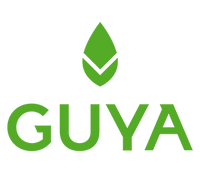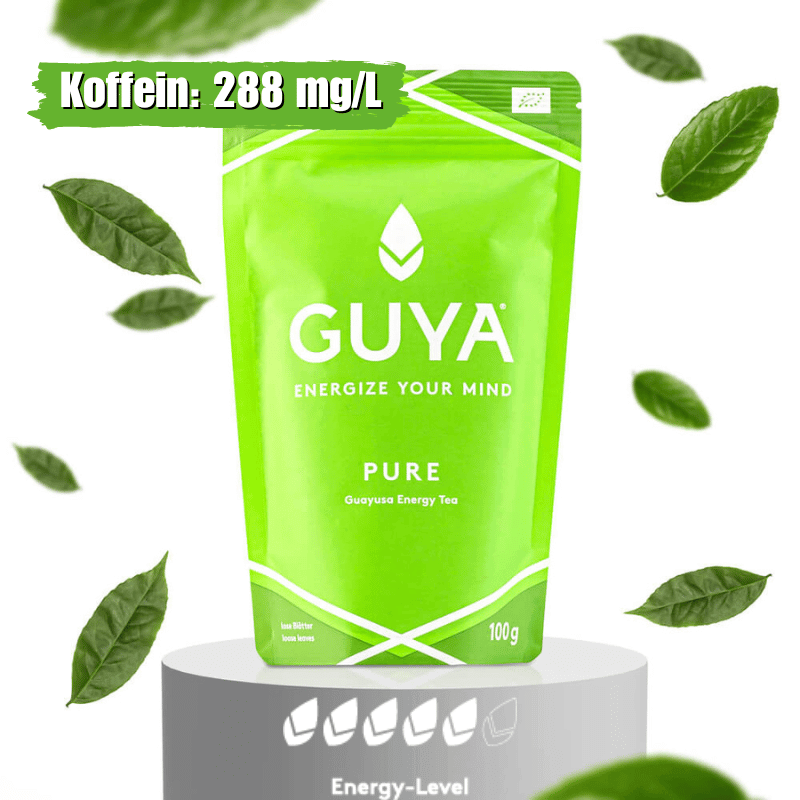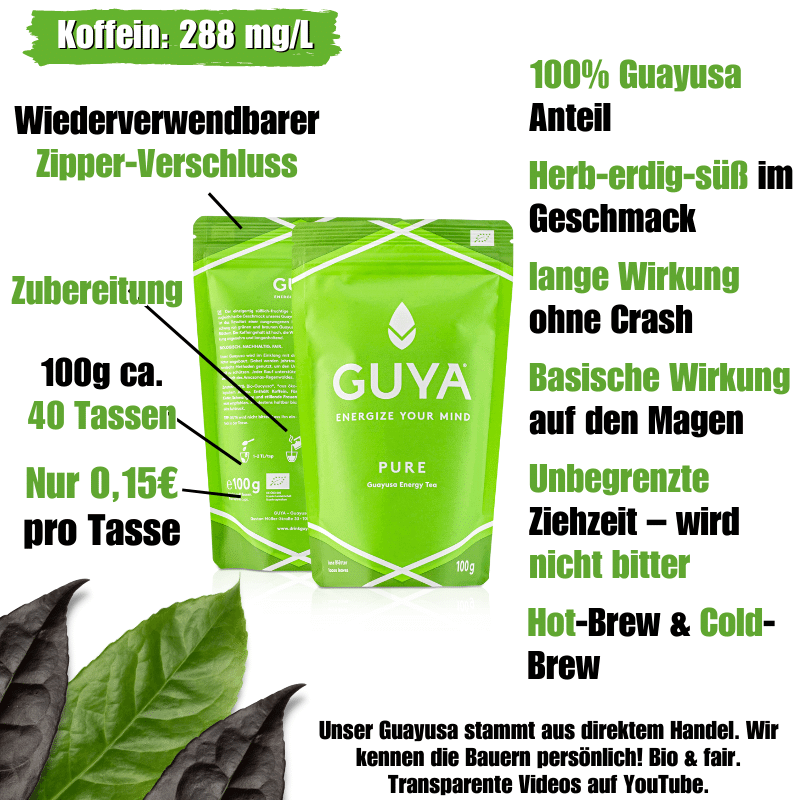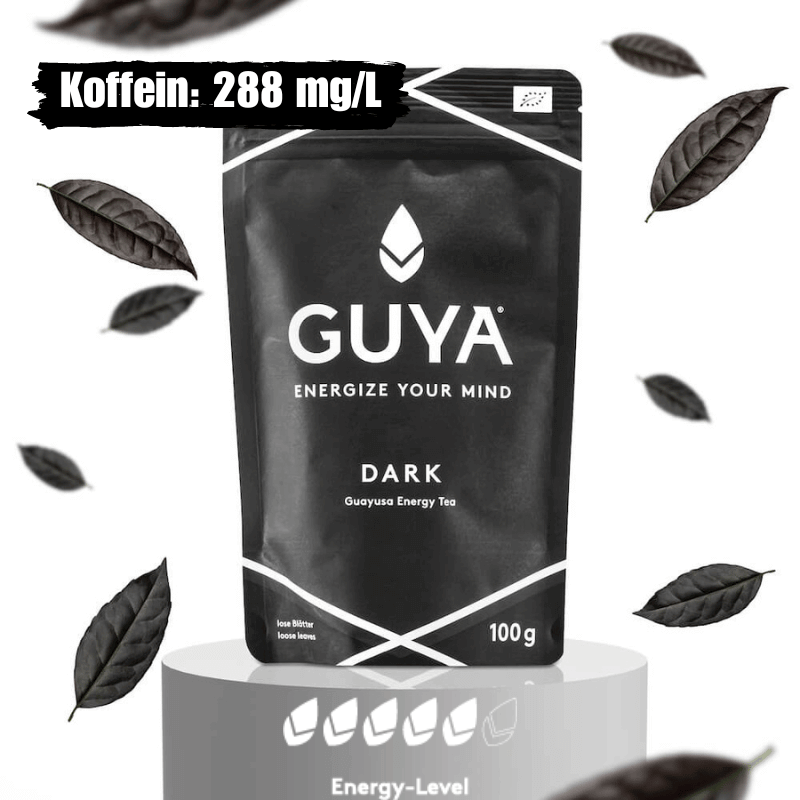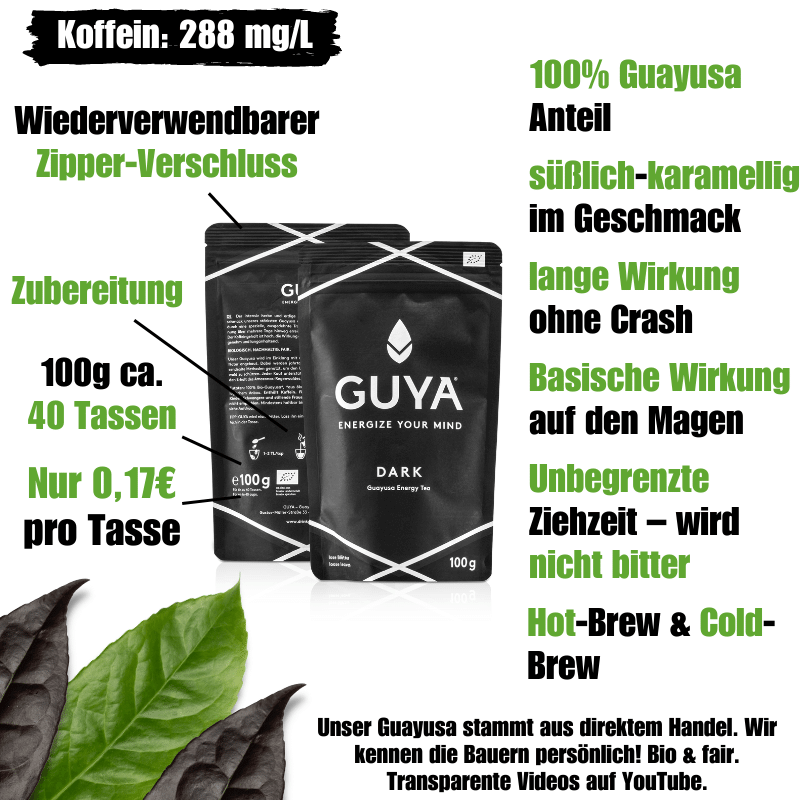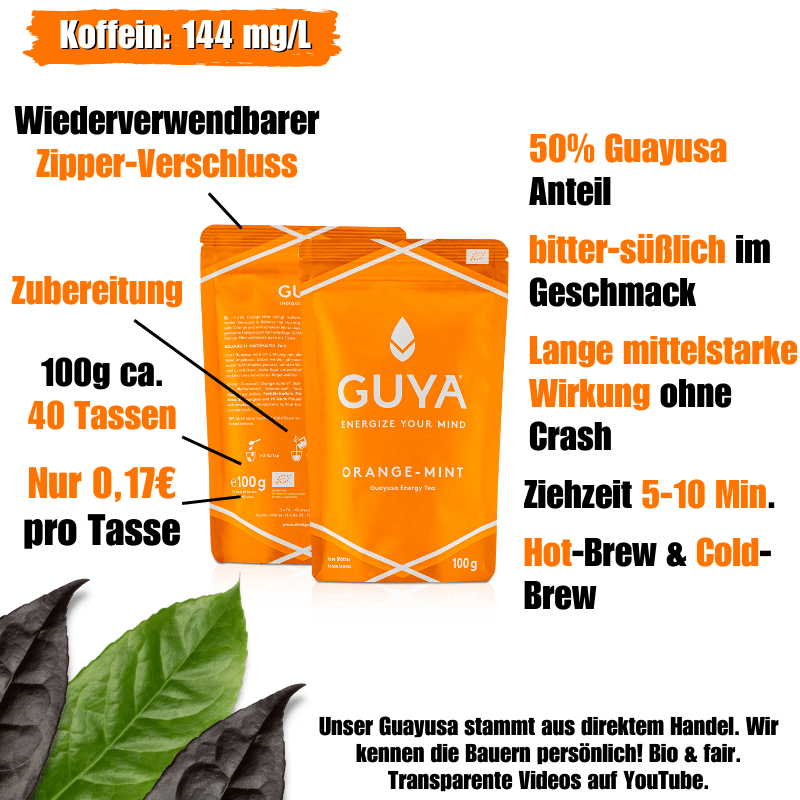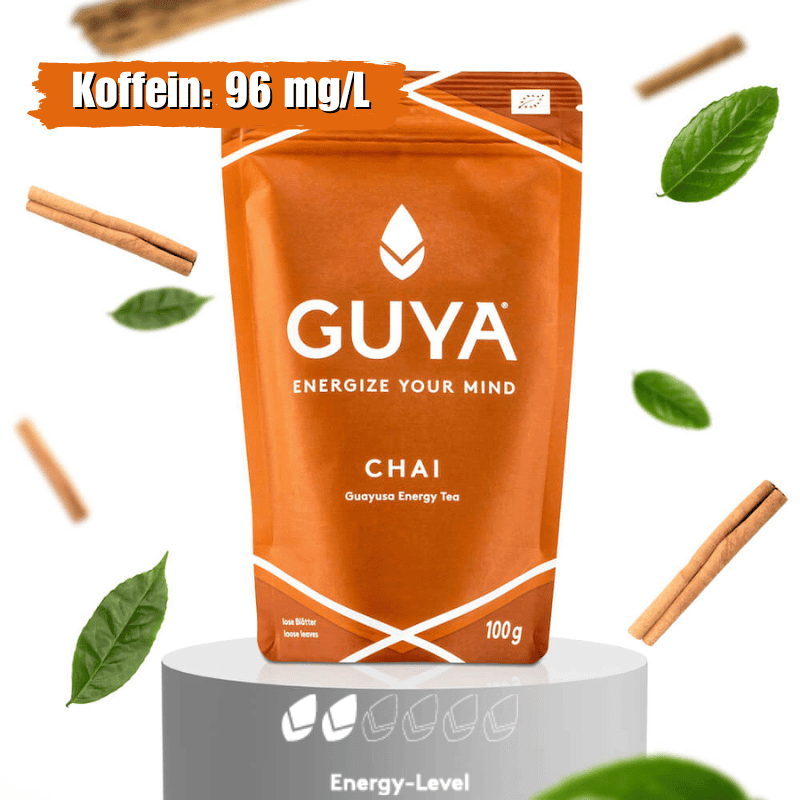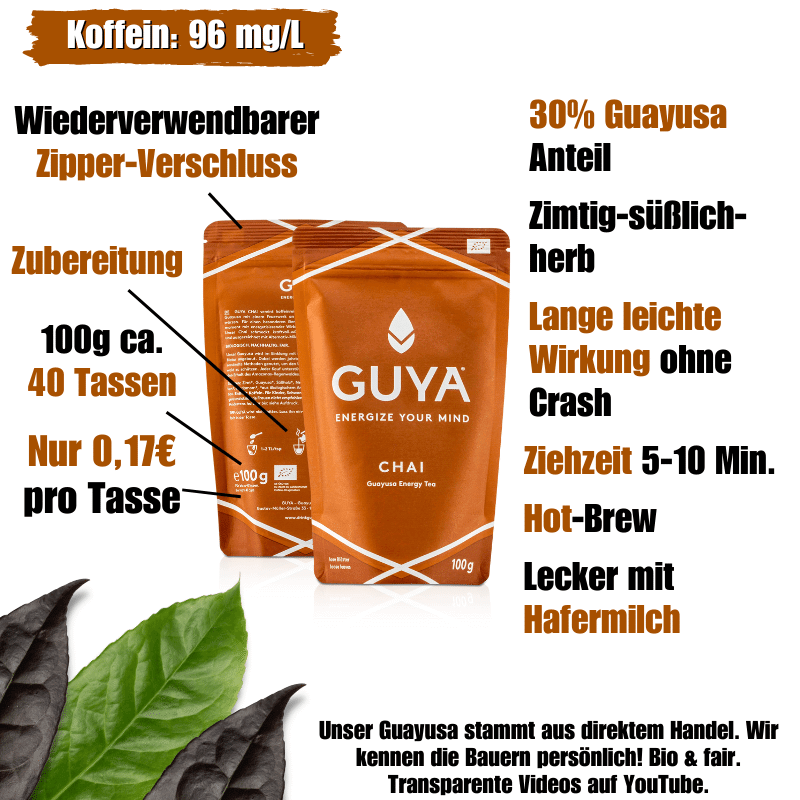Chakra certificate - biological cultivation and protection of the Amazon rainforest

Introduction
Whether organic, fair trade, WWF, FSC or Rainforest alliance, all of these seals have one thing in common: they were founded by people and organizations, some of which are even commercially and thus profit-oriented companies. They specify their conditions for the preservation of the seal without saying the producers concerned.
In this article I go to the "Sello Chakra Amazonica"Seal from Ecuador, which was launched by indigenous Kichwa communities of the Amazon rainforest to make the agriculture and tradition that has been practiced there for thousands of years.
Table of contents
- The Sello Chakra Amazonica Certificate
- What does the certificate stand for
- What is growing in the chakra?
- The chakra, a place of life
- The 9 principles of the chakra certificate
- Chakra certificate instead of organic, fair trade and Co.?
- FAO United Nations: International Recognition 2023
- Building a chakra in the Amazon rainforest
The Sello Chakra Amazonica Certificate
The Sello-Chakra-Amazonica Certificate was launched in 2019 to improve the living conditions of the families living in the Amazon.
It advertises production, sale and consumption of sustainable organic products, without causing costs for the farmers and cooperatives. It also includes the producers and thus the Kichwa tradition itself And guarantees the quality of sustainability for the "Amazona" ecosystem by living together plants, animals and humans.
The certificate also incentivates cooperation with local markets and the work of women in the chakras, markets and all areas of the production of products such as jewelry and medicines.

Pictures of www.corporacionchakra.org
What does the certificate stand for
The origin of the Sello Chakra certificate comes from the cooperatives of the Kichwa communities itself. It reflects the merger of many less, which stand up locally and globally for the recognition, perception and importance of a jungle use that has been practiced for millennia. Namely the "Anzestral" system for the production of vital goods in the Amazon rainforest.
In practice, the seal attaches importance to the following values defined by the Kichwa itself:
- Preservation of the "Amazona" ecosystem
- Food security for families
- Generate sources of income for families
- Local organization

What is growing in the chakra?
A chakra is a living ecosystem. It contains special components that can be temporary and rotating, but also permanent. They reflect the vegetation in flora and fauna of a secondary forest. In particular:
- Trees for e.g. timber
- fruit
- Vegetables
- Spices
- Herbs
- Medical plants
- Plants whose leaves, stems and seeds can be processed into jewelry, colors and dresses
- Spiritual crops
All of these plants are combined and offer a home for animals and insects such as:
- Pollers such as bees and butterflies
- Wires of seeds like birds
- Mammals
- Amphibians
- Reptiles
The fact that these aspects of chakra are implemented is traditionally the task of the "chakra mom" of the family or the women of the family. She also includes men, boys and girls.

The chakra, a place of life
Another important aspect of the chakra is the exchange with other families. Not every chakra therefore looks the same. Depending on the needs of families and the communities, which the individual families belong to, the chakras vary in the structure. In this way, a continuous exchange in food, medicine, knowledge and culture can take place.
The chakra is a biotope, a place of life, in which the families deal with nature and learn to live with it in harmony. Despite the fact that this area is man -made, it allows flora and fauna and the large ecosystem "Amazona" to live a life of their own.
This variety is not only due to the combination of different plants, but also the fact that no external fertilizers and pesticides are used in a chakra. Fertilizers and pesticides are produced directly in the chakra. For example, tubers and leaves of special plants can be fermented into a brew, which in turn protects against guilder. In addition to plants, strongly consuming plants are placed that bind nitrogen from the atmosphere.
All this requires a lot of work, knowledge and passion.

The 9 principles of the chakra certificate
- Promotion of the indigenous worldview of the Amazon
- Natural and agricultural ecological management
- Promote the knowledge of the Kichwa people of the Amazon
- Promote community and association organization
- Ensure diversified production for nutritional sovereignty
- Women in management positions and family integration
- High biodiversity
- Sustainable and diversified production for important markets
- Maintained natural landscape of the Amazon rainforest in order to be resistant to climate change
Put the automatic subtitle on YouTube in English to better understand the short video.
Chakra certificate instead of organic, fair trade and Co.?
None of the certificates exclude one of the others, but of course the question arises for what reason companies and farmers' cooperatives, should use several certificates.
The costs for the Organic certification are in the case of the cooperative, with the GUYA Worked together, 5-digit. These costs are incurred annually. In addition, there are costs on the part of GUYA for a further organic certification in Europe. These costs are already 4 digits. Unfortunately, the big profiteers are neither the cooperatives nor the companies such as GUYA, But only the private companies with the official license for certification.
The trade and the consumer have long been no longer ready to pay much more for a organic products. At the end of the value chain, commercial and organic are mostly congruent at the end of the value chain. Like commercial trading, the organic trade is also out of profit and must present and justify its annual growth figures to investors. More profit on the part of the large companies often has to result in less profit among the farmers.
In my view and experience, organic, fair trade and Co. are no longer up to date with a seal created and managed by the producers. They are lacking in holism and also harbors high costs, which, often without grants from the public sector, cannot be lifted.
FAO United Nations: International Recognition 2023
In 2023 the efforts also heard at the Food and agriculture organization (FAO) found the United Nations. These recognized the chakra as an official agricultural system and even the title of "Globally Important Agriculture Heritage System" (Giahs).
In German, it is "worth preserving agricultural production systems of global importance".
This also confirms the enormous value that the chakra, not only for the Amazon rainforest and its inhabitants, but the entire planet.
The FAO describes the chakra, among other things with the words:
A chakra is a productive family and community area, which always imitates the structure of the forest that closes it.
Building a chakra in the Amazon rainforest

The structure of a chakra is based on the surrounding rainforest, even if a chakra is far more open than the dense forest, which hardly leaves light on the floor.
The protective level is formed from high trees, the protection against too much sun and rain and at the same time offer a habitat for e.g. birds.
The intermediary level consists of all kinds of fruit trees, palm trees, cocoa, corn, papaya, oranges, lemons. Depending on the plant species, this level can grow into the protective level.
The floor level is a densely overgrown carpet of plants such as potato, sweet potato, yuka, pumpkin, vanilla and pineapple.
Despite that these basic aspects apply to every chakra, every chakra differs to the other. This is related to the different needs of families and communities.
